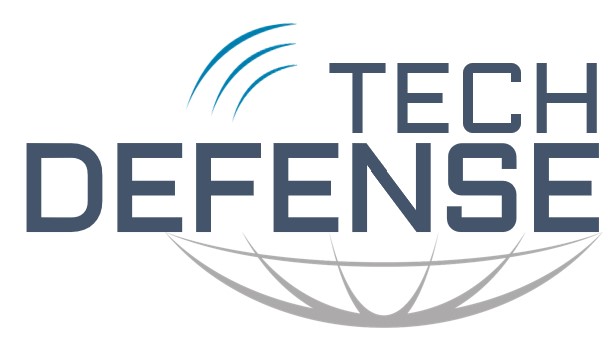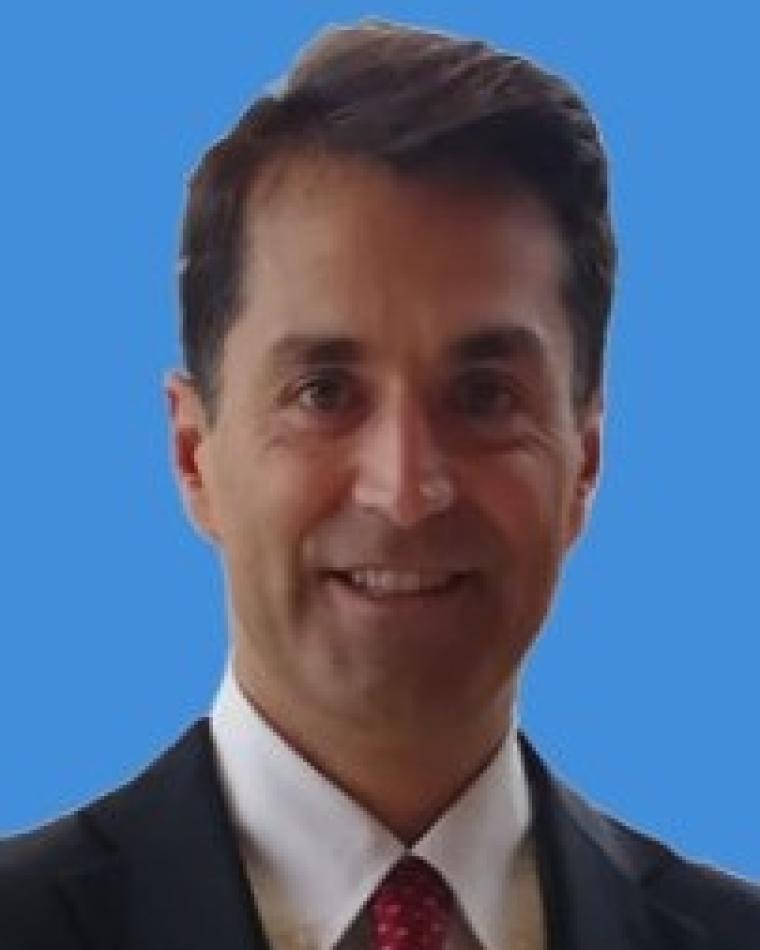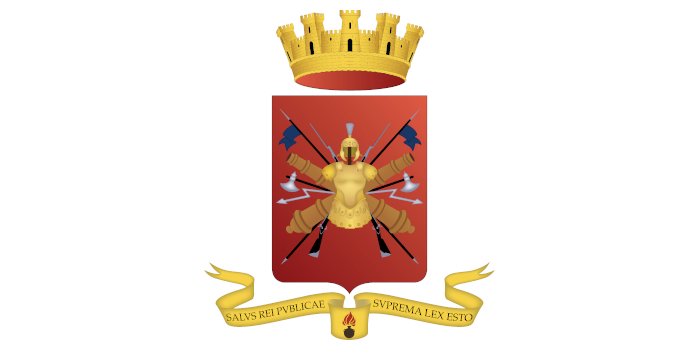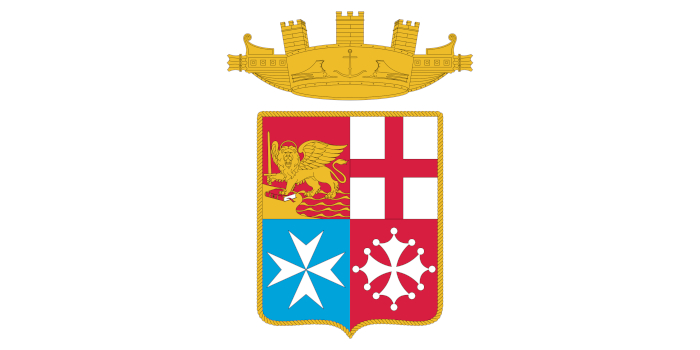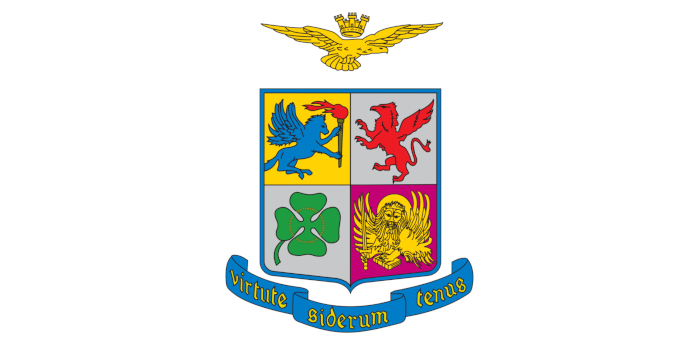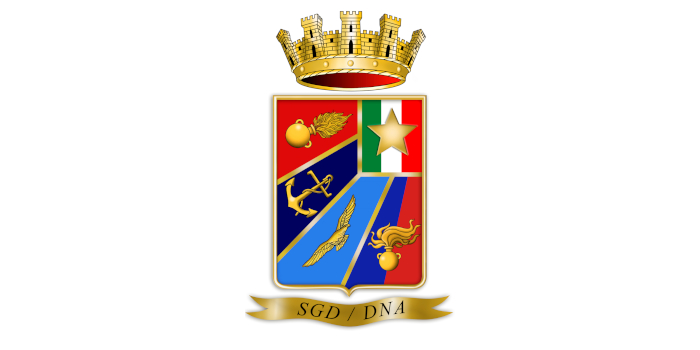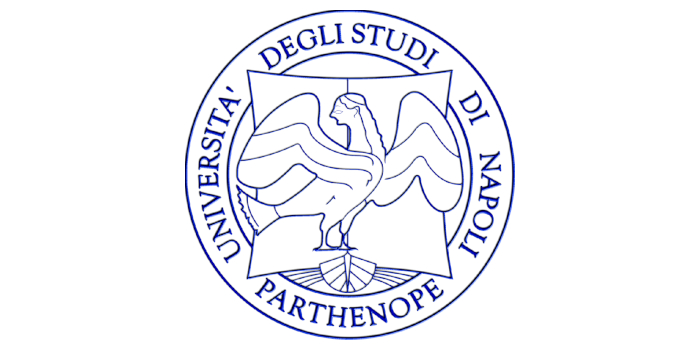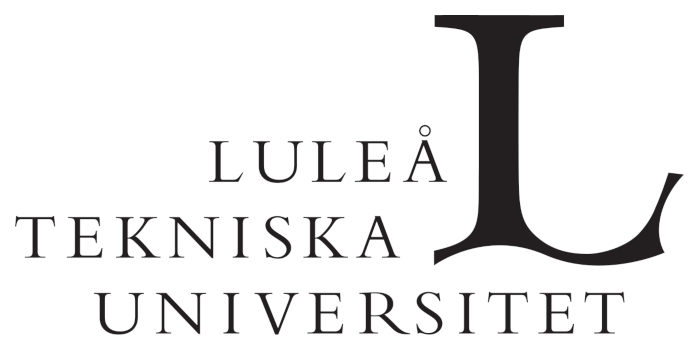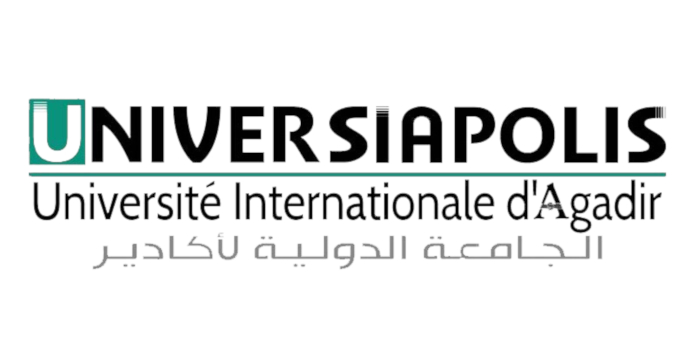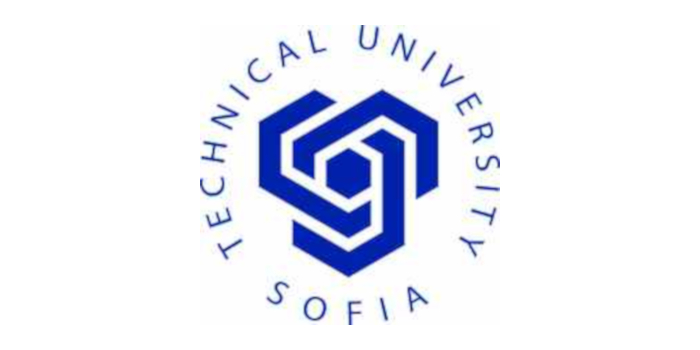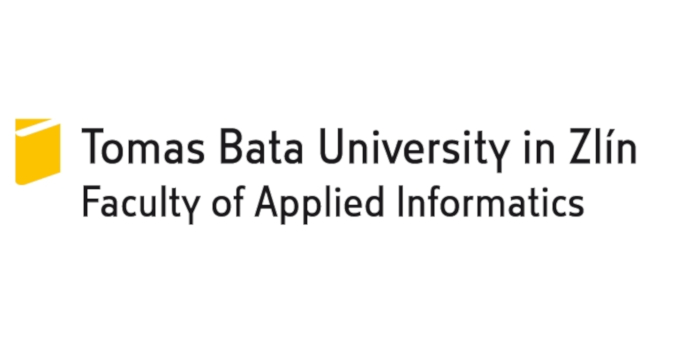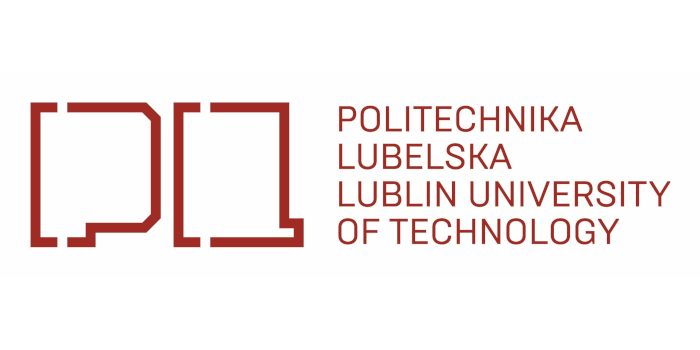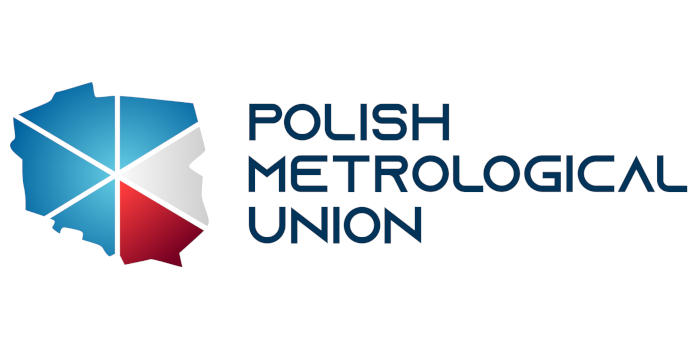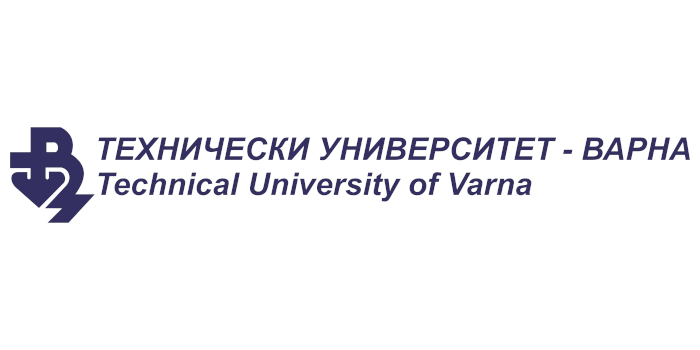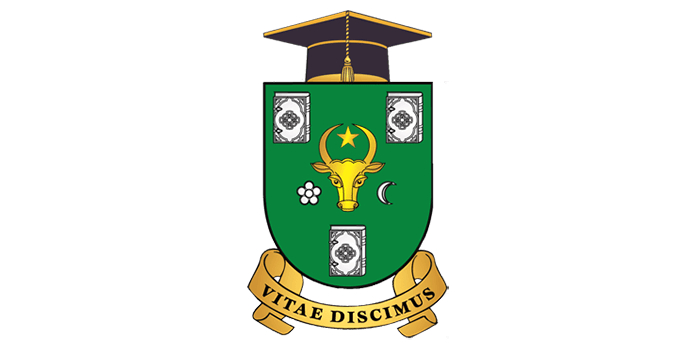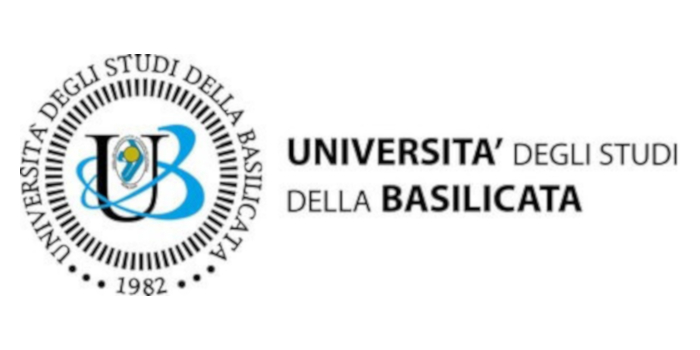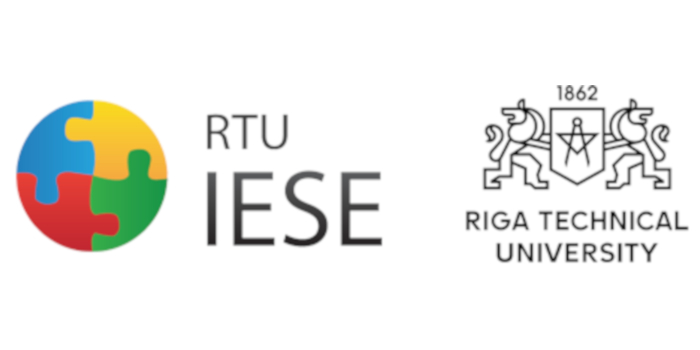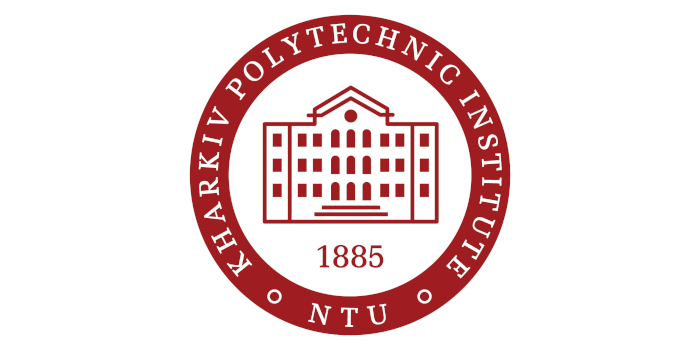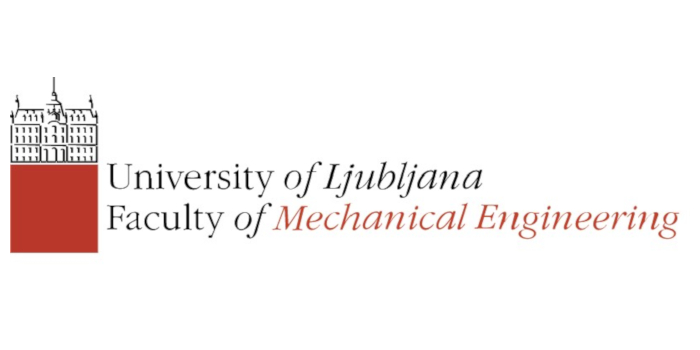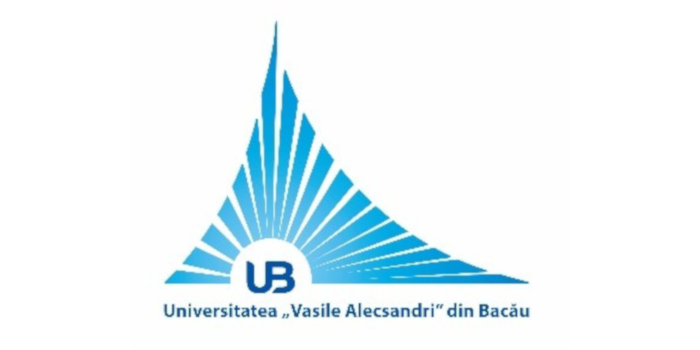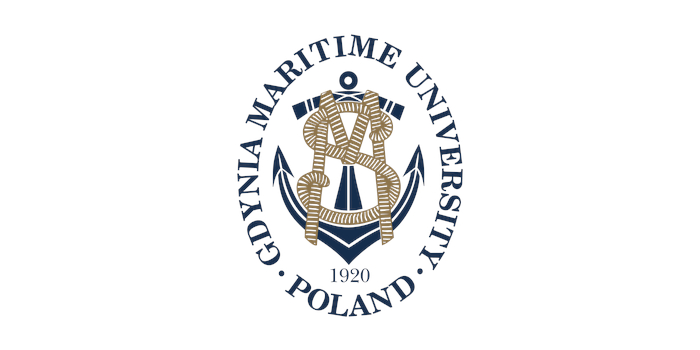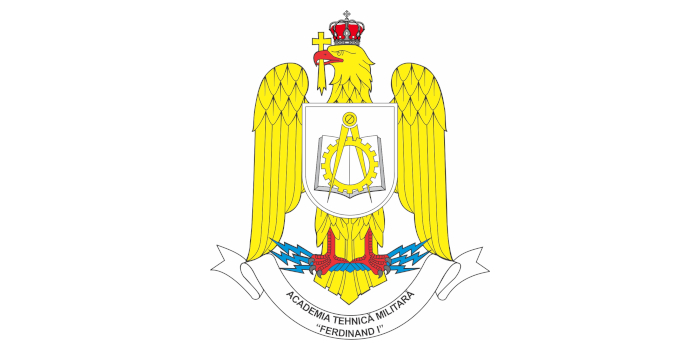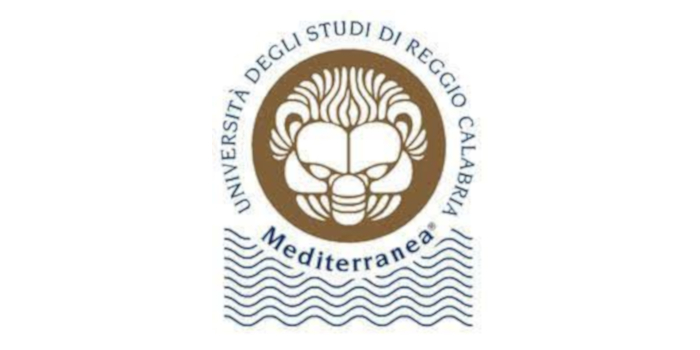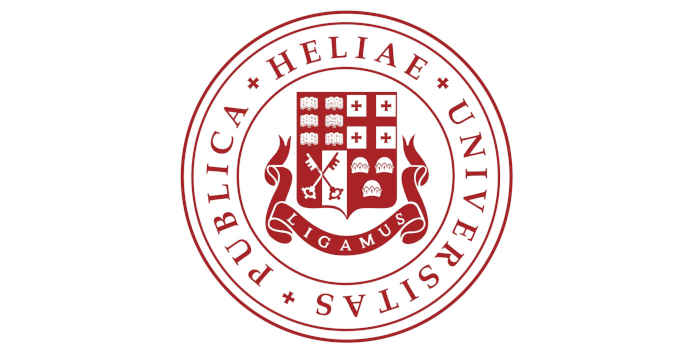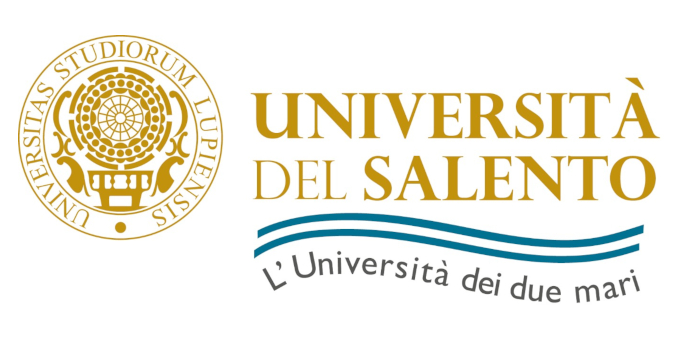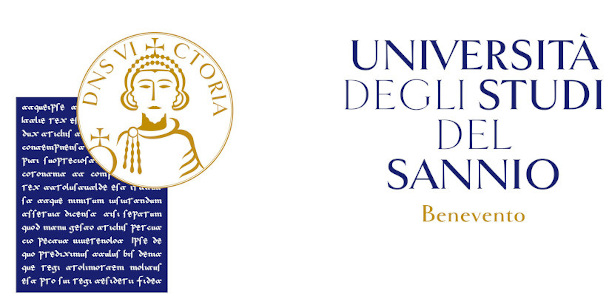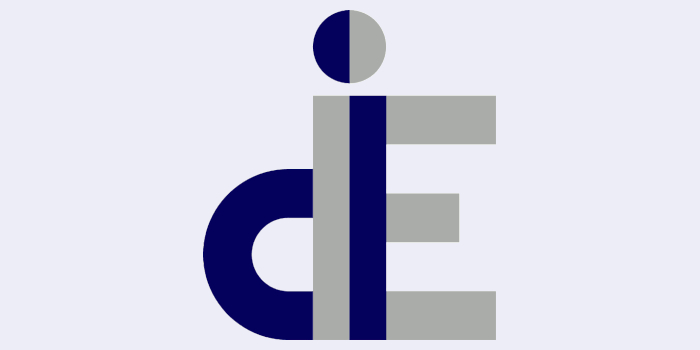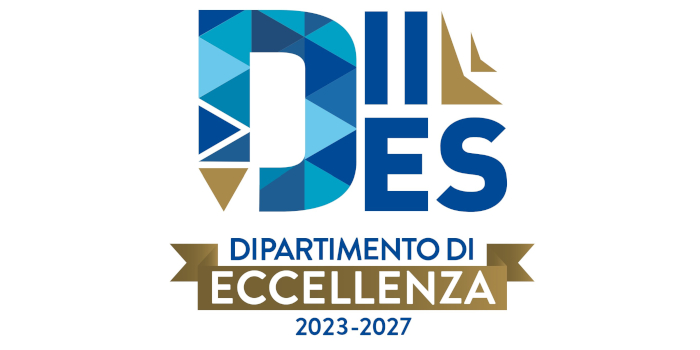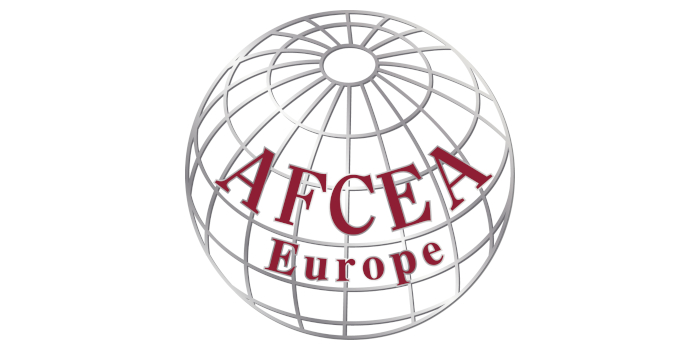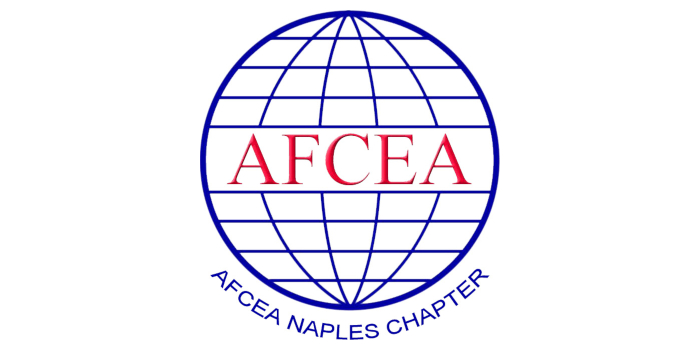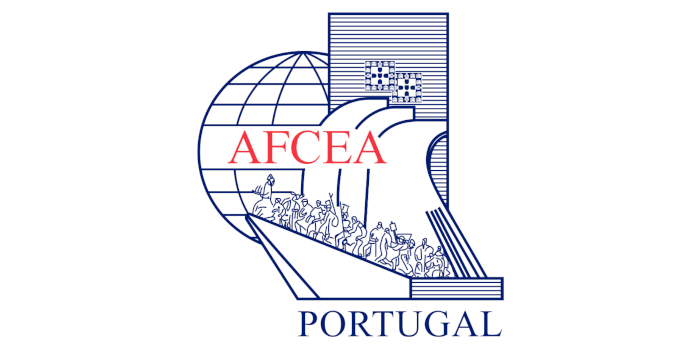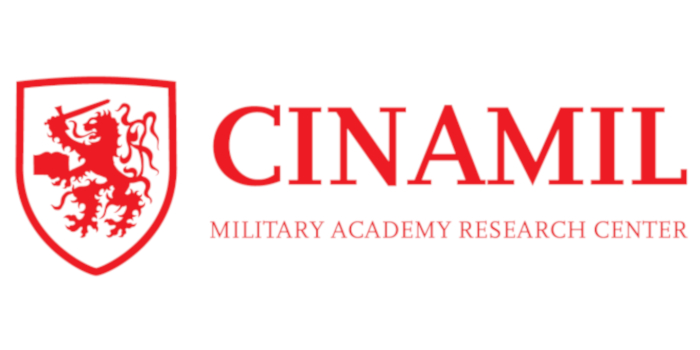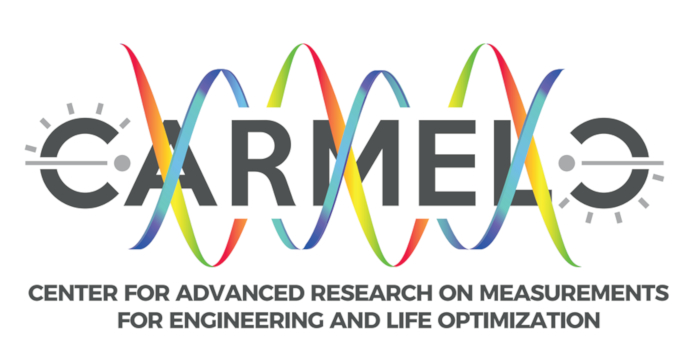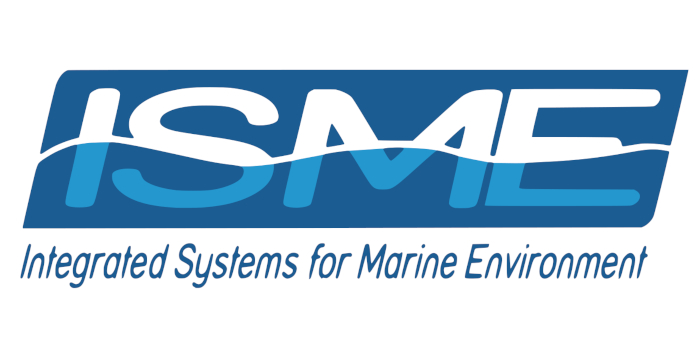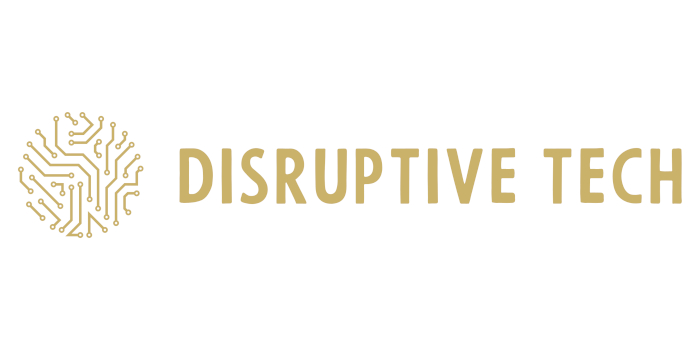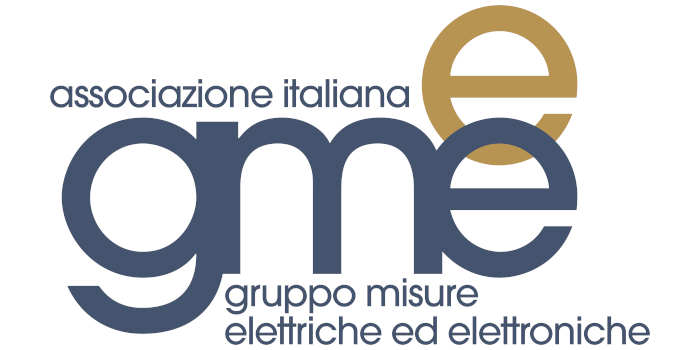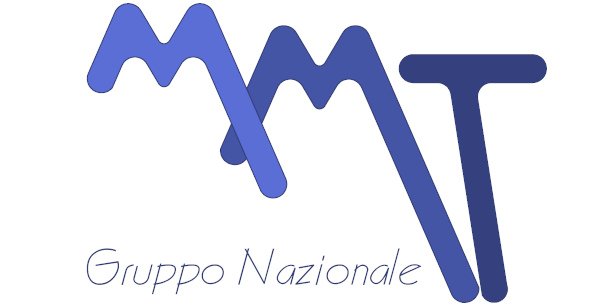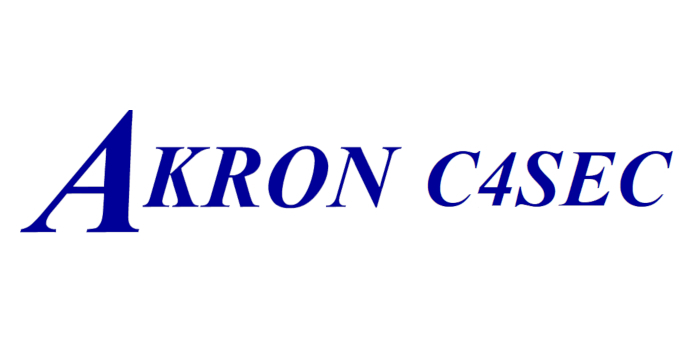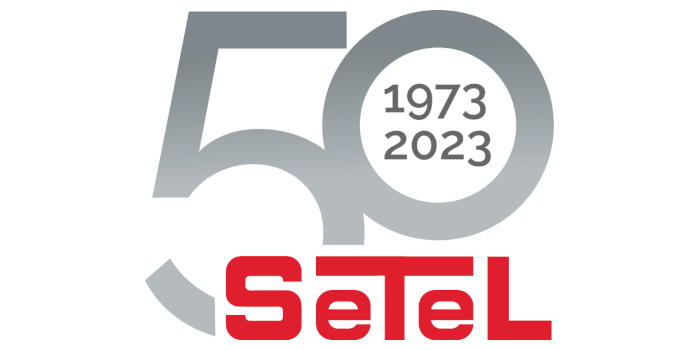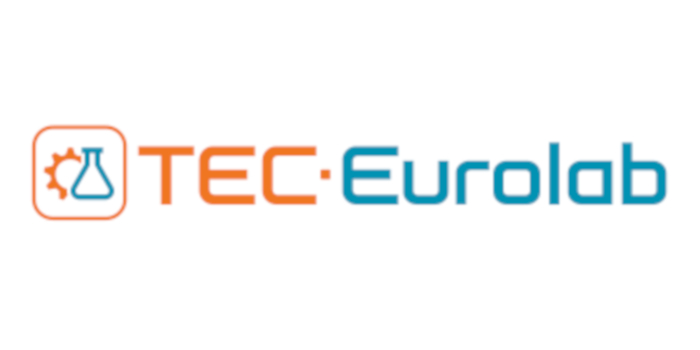KEYNOTE
Waveform Design for Coexistence between Radar and Communication Systems:
From Theory to Experimental Validation
Antonio De Maio
University of Naples Federico II
ABSTRACT
This lecture deals with radar waveform design in spectrally dense environments with the goal of optimizing the radar detection performance without affecting the spectral compatibility with some licensed overlaid electromagnetic radiators. The signal synthesis is formalized in terms of some non-convex optimization problems under a variety of constraints reflecting the different characteristics to be forced on the radar waveform as well as the diverse available a-priori information on the environment. Receiver optimization is also included in the design for some situations where the radar operates in the presence of a reverberating scenario. Tradeoffs among detection performance, desirable features of the radar signal, and spectral compatibility are assessed. Finally, experimental results supporting the theory are shown.
SPEAKER BIOGRAPHY
Antonio De Maio (S'01-A'02-M'03-SM'07-F'13) was born in Sorrento, Italy, on June 20, 1974. He received the Dr.Eng. degree (with honors) and the Ph.D. degree in information engineering, both from the University of Naples Federico II, Naples, Italy, in 1998 and 2002, respectively. Currently, he is a Professor with the University of Naples Federico II. His research interest lies in the field of statistical signal processing, with emphasis on radar detection and optimization theory applied to radar signal processing. Dr. De Maio is a Fellow member of IEEE and the recipient of the 2010 IEEE Fred Nathanson Memorial Award as the young (less than 40 years of age) AESS Radar Engineer 2010 whose performance is particularly noteworthy as evidenced by contributions to the radar art over a period of several years, with the following citation for "robust CFAR detection, knowledge-based radar signal processing, and waveform design and diversity".
